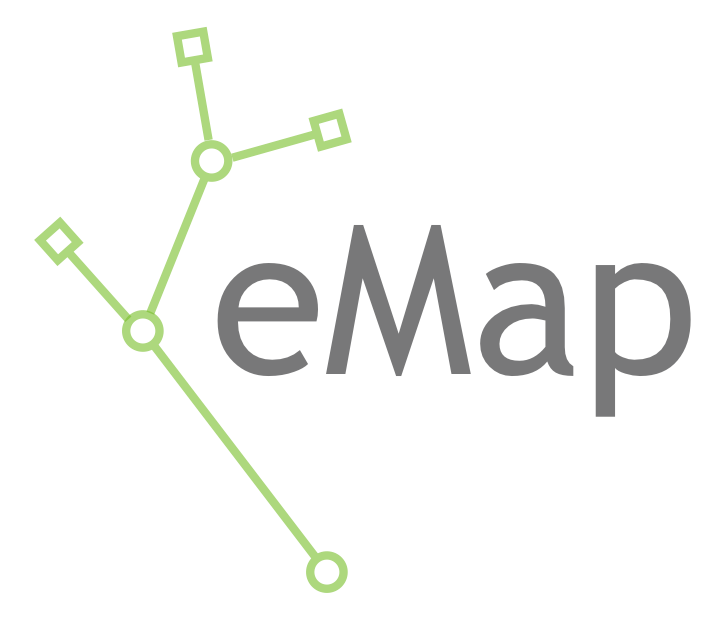An online platform for identifying and visualizing electron and hole transfer pathways in proteins.
eMap is a web application enabling automatic identification and visualization of possible electron or hole transfer channels in proteins based on their crystal structure using graph theory. Please see the Getting Started page for instructions on how to use the software, and refer to the manual and the PyeMap documentation for more details.
eMap is a web application enabling automatic identification and visualization of possible electron or hole transfer channels in proteins based on their crystal structure using graph theory. Please see the Getting Started page for instructions on how to use the software, and refer to the manual and the PyeMap documentation for more details.
Citation
If you've found the software useful, please consider citing us:Single Protein Analysis
R.N. Tazhigulov, J.R. Gayvert, M. Wei, and K.B. Bravaya, eMap: A Web Application for Identifying and Visualizing Electron or Hole Hopping Pathways in Proteins. J. Phys. Chem. B, 2019, 123, 6946
Protein Graph Mining
J.R. Gayvert, A. Kranc, and K.B. Bravaya, eMap 2.0: Title TBD. In preparation.
Please also see the Acknowledgments section for additional citations if you utilized features such as surface exposure and multiple sequence alignment.
What is going on?
| 08/11/2022 | Minor update: Bug fixes for sequence alignment. Please see the changelog on GitHub for full details. |
| 01/31/2022 | eMap 2.0 has been released! We now offer Protein Graph Mining, a powerful new tool aimed at identifying shared pathways/motifs amongst families of proteins. For the single protein analysis, new features include allowing users to include any standard amino acid residue in the analysis, and automatic detection of some redox-active metals. Please see the changelog on GitHub for full details. |
| 09/04/2021 | Minor update: Improved 3D visualization. Please see the changelog on GitHub for full details. |
| 10/12/2020 | Minor update: Improved detection of ETA moieties. Please see the changelog on GitHub for full details. |
| 09/30/2020 | Minor update: bug fixes. Please see the changelog on GitHub for full details. |
| 10/01/2019 | eMap 1.1 and PyeMap, open-source eMap backend, are both released!
We added long-awaited automatic identification of inorganic clusters (iron-sulfur and others), improved identification and drawing of aromatic moieties, fixed several bugs, and significantly improved eMap performance. PyeMap is an open-source Python package, available on GitHub. It is intended to serve as a backend for eMap web application, and as a standalone package. Please report any bugs and make feature requests on GitHub. For issues exlcusive to the eMap web application, please click Contact Us. We also greatly encourage users to contribute by making pull requests on GitHub. |
| 07/31/2019 | eMap got its paper published in the Journal of Physical Chemistry B! |
| 05/20/2019 | Penalty Function Parameters can now be tuned (see "Advanced" tab in the Parameters). In the report, "Distance" has been replaced by the "Score". |
| 10/01/2018 | eMap has been officially released! |


